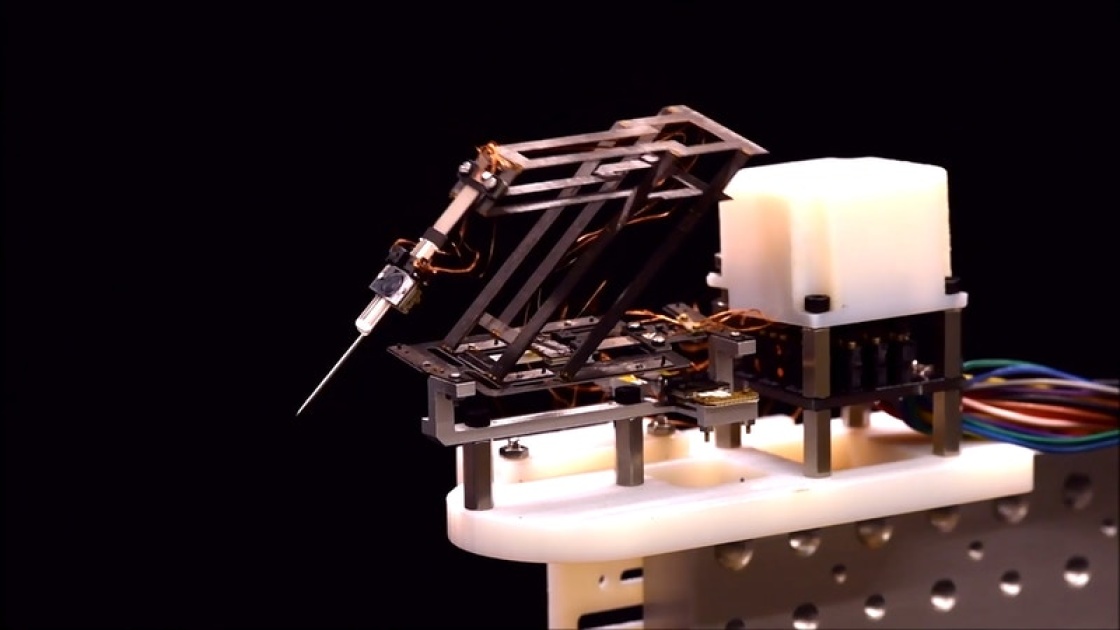In a microscopic tracing test, the researchers found that the mini-RCM was 68 percent more accurate than a hand-controlled tool. The robot also successfully completed a mock version of a precise procedure in which a surgeon inserts a needle through an eye to “inject therapeutics into the tiny veins at the back of the eyeball.” The mini-RCM was able to puncture a silicone tube that replicated the retinal vein (which is about twice as thick as a hair) without causing damage.
It’ll likely be quite some time before the mini-RCM is truly ready for operating theaters. Because of its size and weight, it’d be easier to set up than many other surgical robots, some of which take up a whole room. The researchers suggest it’d be easier to remove it from a patient were there any complications during a procedure.

